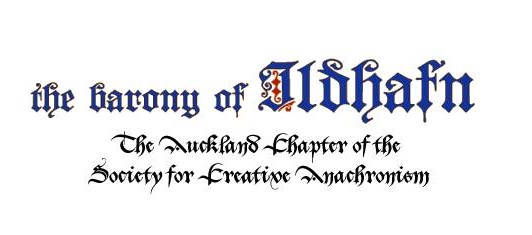Date:
Late 16th century (published 1589)
Description:
“Belle qui tiens ma vie” is a charming and elegant French pavane composed by Thoinot Arbeau, featured in his famous dance manual Orchésographie. The piece is both a dance and a love song, expressing devotion to a beloved with courtly grace. Its slow, stately rhythm and lyrical phrasing make it ideal for Renaissance dance performances and vocal or instrumental ensembles.
Discussion:
This pavane exemplifies the late Renaissance blend of music and movement—Orchésographie includes dance instructions alongside the music, suggesting how it would have been used at court. The song is strophic, with each verse set to the same melody, making it easy to learn and perform. It has become a favorite in early music circles and is often adapted for voice, recorder consorts, or lutes.
Composer:
Thoinot Arbeau (pseudonym of Jehan Tabourot)
Arranged by:
Originally for solo voice or unison ensemble with possible lute or instrumental accompaniment. Numerous modern arrangements exist for SATB, SSA, instruments, and mixed ensembles.
Sheet Music:
Available in Orchésographie facsimiles, CPDL, IMSLP, and various Renaissance dance collections.
The arrangement we use is available here as a pdf, or musescore file
Parts:
Originally melody with accompaniment (often performed unison or with simple harmonies).
Modern arrangements include:
- Solo voice and lute
- SSA or SATB choir
- Recorder or viol consorts
Type:
Secular Dance Song (Pavane) / Chanson
Language:
French
Ranges:
(Melody line)
- C4 – D5
(SATB version) - Soprano: C4 – G5
- Alto: G3 – D5
- Tenor: C3 – A4
- Bass: F2 – D4
Advice for beginners:
Very accessible. The slow tempo and repetitive form make it perfect for learning phrasing and expression. Focus on elegant delivery and clear French pronunciation. Great for introducing Renaissance style and ornamentation. It works beautifully for classroom ensembles, recorder groups, or introductory vocal consorts.
Sound Files:
Here are some sound files for reference. All parts, soprano, alto, tenor, bass
